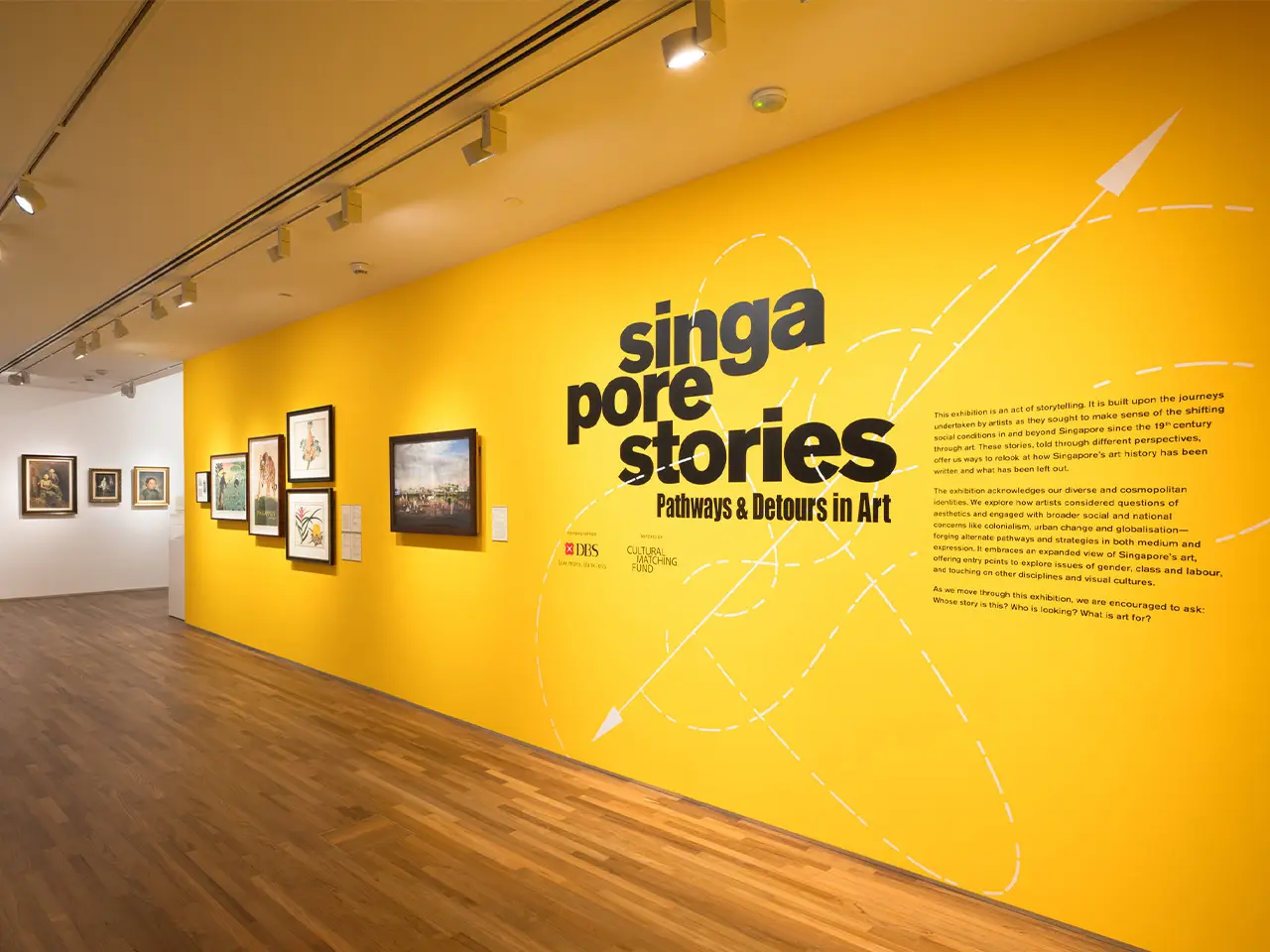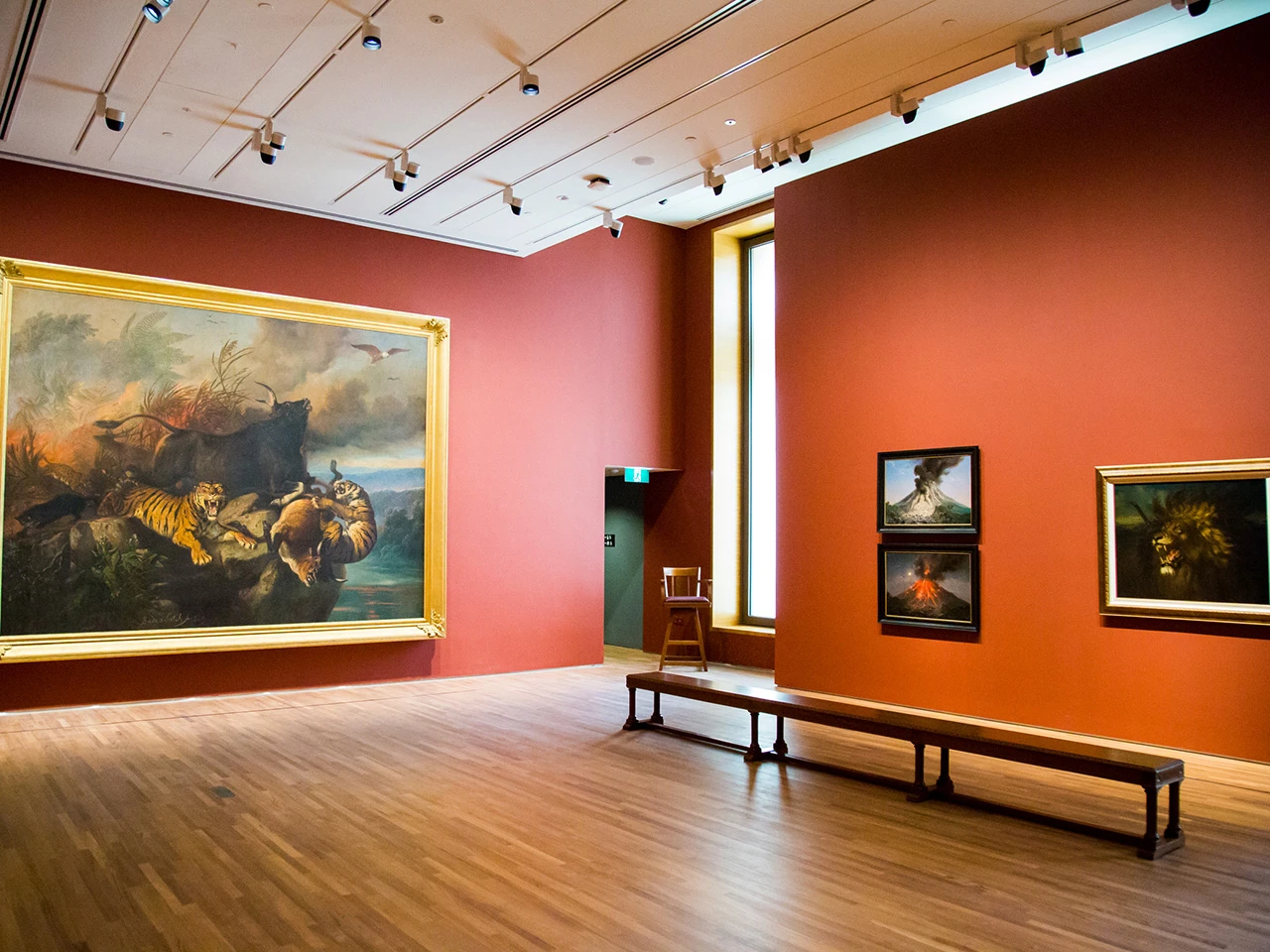All Access Ticket
Looking to explore it all? Singapore citizens and permanent residents who purchase a Special Exhibition (Local) ticket receive an automatic upgrade to an All Access ticket. This ticket grants access to all exhibitions and tours and is valid for 180 days from the purchase date.
Included exhibitions:
- DBS Singapore Gallery | Singapore Stories: Pathways & Detours in Art and Tchang Ju Chi: Tireless Camel
- UOB Southeast Asia Gallery | Between Declarations and Dreams: Art of Southeast Asia since the 19th Century and Diplomacy and Desire: Basoeki Abdullah in Singapore
- Singtel Special Exhibition Galleries | Into the Modern: Impressionism from the Museum of Fine Arts, Boston
- Wu Guanzhong Gallery and Level 4 Gallery | Fernando Zóbel: Order is Essential
Concession rates of $5 off apply to all ticket types for children aged 7–12, seniors aged 60 and above, full-time National Servicemen (excluding foreign personnel), and overseas students and teachers from qualifying institutions.

















.jpg)





.jpg)





![<i>[Title unknown]</i>](/content/dam/whats-on/exhibitions/singapore-stories-pathways-and-detours-in-art/2022-00360.jpg)




.jpg)
.jpg)
.jpg)




.png)




